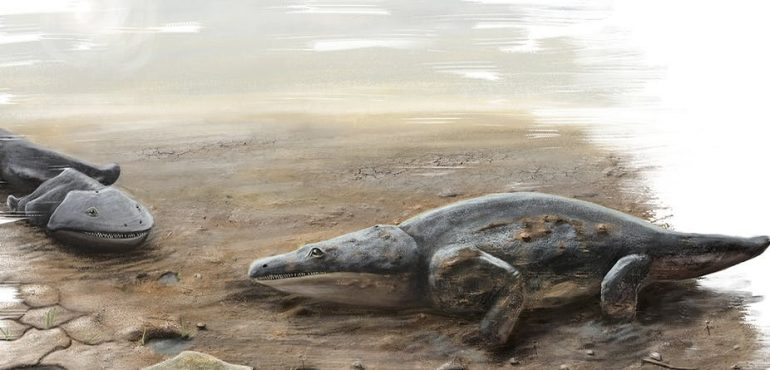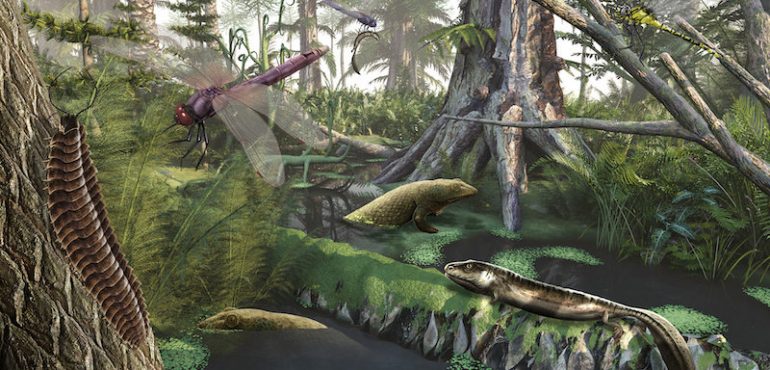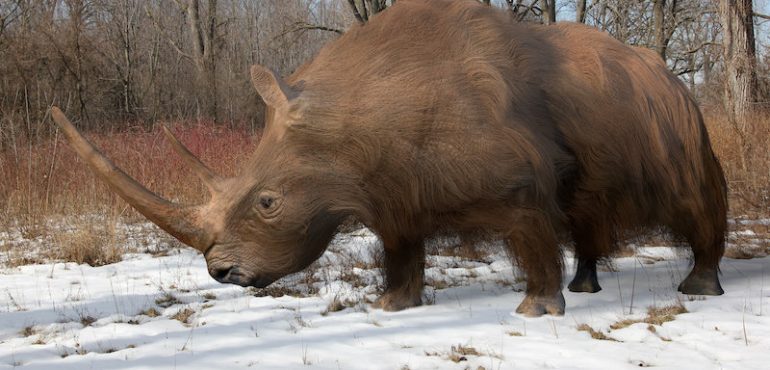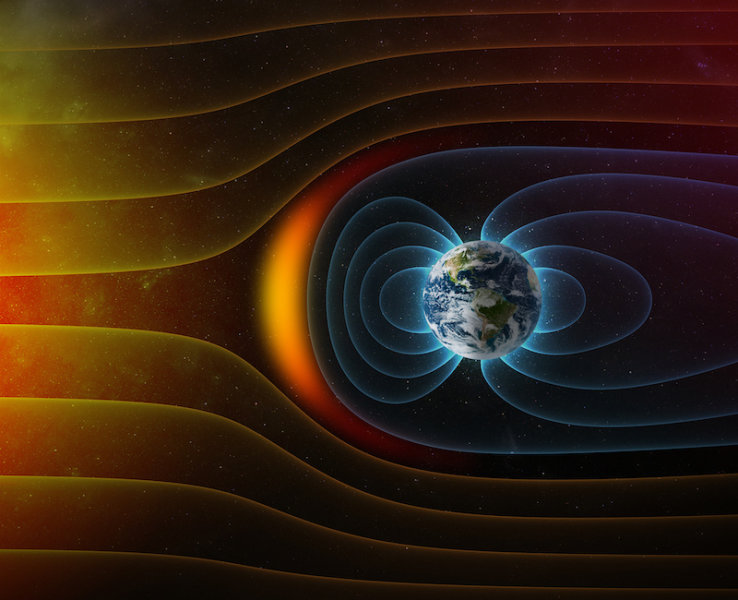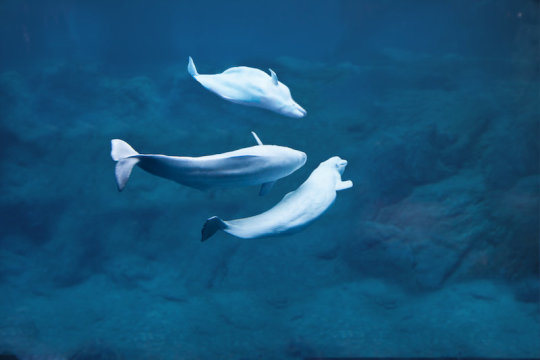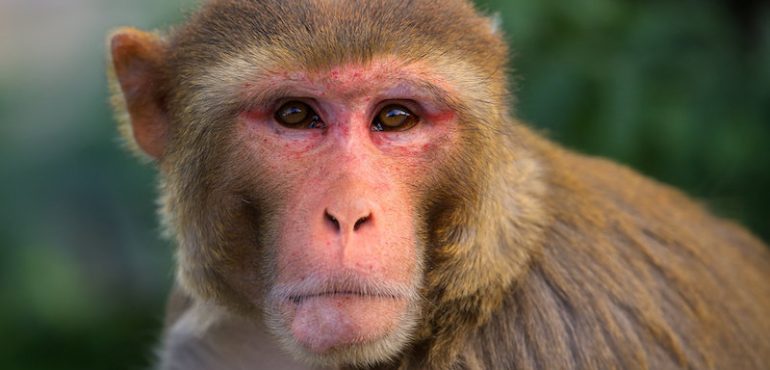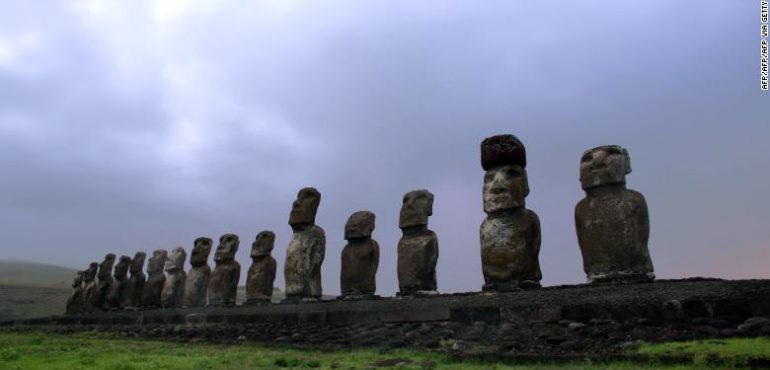The classic dinosaur family tree has two subdivisions of early dinosaurs at its base: the Ornithischians, or bird-hipped dinosaurs, which include the later Triceratops and Stegosaurus; and the Saurischians, or lizard-hipped dinosaurs, such as Brontosaurus and Tyrannosaurus. In 2017, however, this classical view of dinosaur evolution was thrown into question with evidence that perhaps the…
Read more
Study sheds light on the evolution of the earliest dinosaurs


